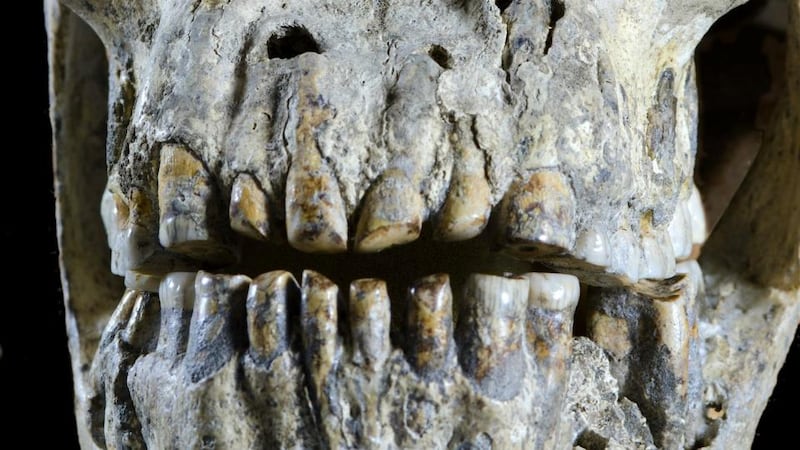A “time capsule” from 1.8 million years ago, located in Dmanisi, Georgia, shows variations among five human skulls from that period that suggest long-debated distinctions about early human development may be overblown.
The differences between the skulls were no more than that seen in modern humans, according to a report in the journal Science.
The findings suggest there may have been only one species of early human in a key period of time when they first began to migrate out of Africa, said David Lordkipanidze, an anthropologist at the Georgian National Museum in Tbilisi and the report’s author.

The analysis drew immediate criticism from scientists who said other members of the hominid family - Homo erectus, Homo habilis, and Homo rudolfensis - were identified using more than just their skulls.
Mr Lordkipanidze said the Dmanisi artifacts offer the earliest known representation outside of Africa of human development after the migration. “Dmanisi has a uniqueness: it’s a real snapshot in time, a time capsule from 1.8 million years ago,” he said phone call with reporters.
The site, which sits below the ruins of the medieval town of Dmanisi, in the Mashavera River Valley, was discovered in 1983, when archaeologists studying the medieval town noticed bones of species they knew were extinct.
In 1984, ancient stone tools were found there. One of the five skulls found at the site recently had a small braincase, a long face and large teeth, features never before seen together, according to the paper in Science. It was discovered with four other crania from the same place and time.
‘Strange Combination’
The skull has “a strange combination of features we didn’t see before in early Homo,” said Marcia S Ponce de Leon, a report co-author, of the Anthropological Institute and Museum in Zurich, in a call with reporters.
Its location with other contemporary skulls allows the researchers to compare them to each other, she said. The jaw of the skull was found first, in 2000, and the rest of the skull was found in 2005.
Its braincase is “unexpectedly small,” Ms Ponce de Leon said, measuring only 546 cubic cm. Modern humans have an average brain volume of about 1,250 cubic cm.
Bloomberg
